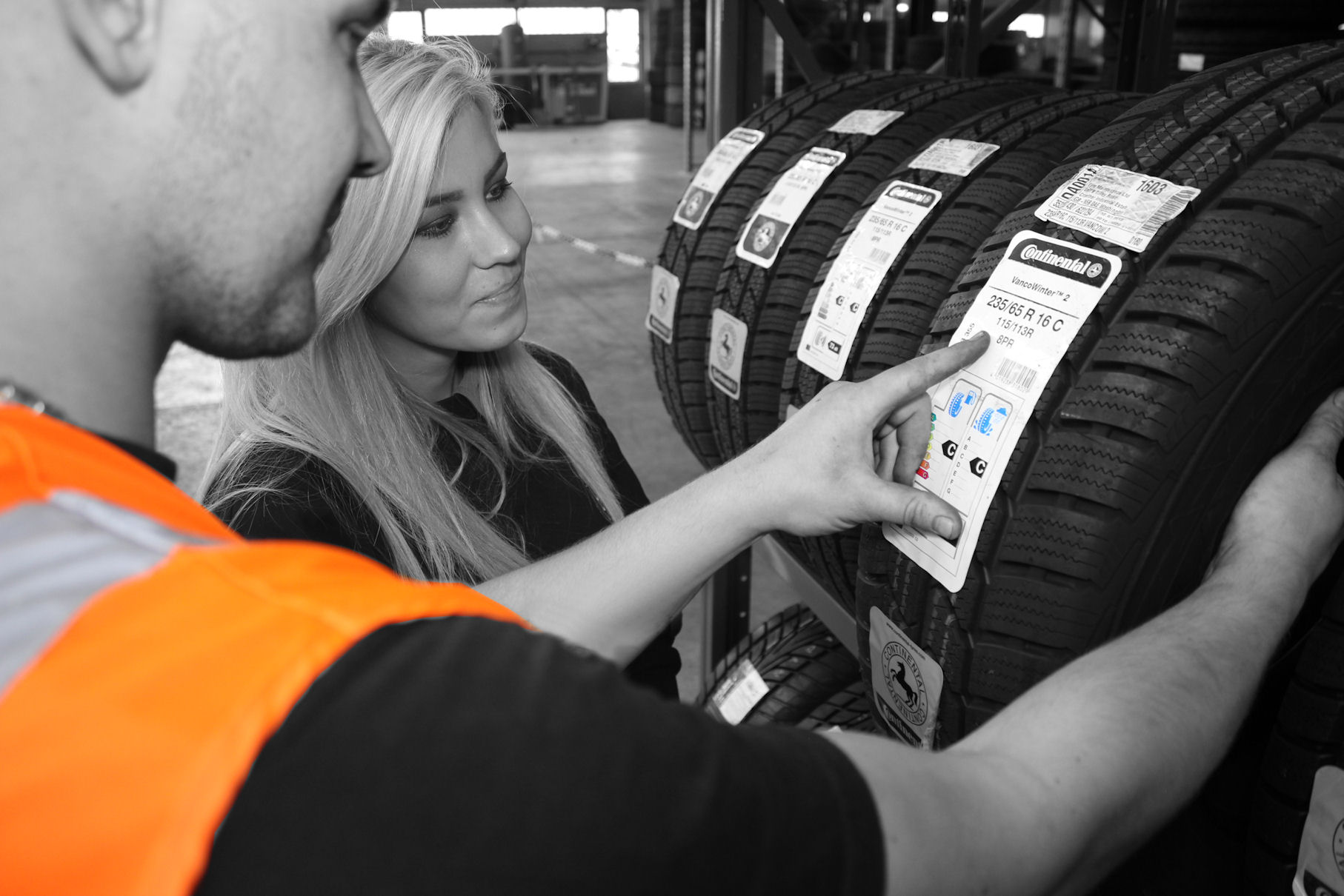When consumers think of tyres, if they think of them at all, they likely think about proper tyre inflation. As important as proper inflation is–underinflated tyres increase rolling resistance and decrease fuel economy, while both overinflated and underinflated tyres cause uneven tyre wear–it is not the only thing consumers need to think of when it comes to the rubber that’s touching the road.
Tyre Life
The average life of a set of tyres varies based on driving conditions, driving style, brand, tyre composition, and proper maintenance, but the average life span is probably 20,000 miles for most sets. A shorter life span may be the norm for tyres on sports cars, because they may use a softer composition that allows for better handling but causes the rubber to wear faster.
Tyre wear isn’t the only thing that defines a tyres life span. Even tyres that haven’t worn out yet may need to be replaced, due to a condition called “dry rot.” Dry rot occurs as sunlight causes the rubber on the sidewalls to crack over time. If dry rot has gotten bad enough, the tyre will need to be replaced.
Sidewalls can also experience “air bubbles,” usually after the tyre has hit something, such as a curb. When this occurs, the tyre usually needs to be replaced. You can buy quality tyres for affordable prices online via tyres-guru.co.uk.

Tyre Types
There are a few basic tyre types: All-season, snow, and summer tyres are the main ones. All-season tyres are designed to provide the best traction in various weather conditions, while snow tyres are meant to be at their best in the fluffy white stuff. Summer tyres are meant for ideal weather conditions, and those who own cars with summer tyres and live in climates where snowfall is a common occurrence usually swap them for snow tyres or all-seasons every six months.
When choosing a tyre type, it’s best to consider what tyres were on the car originally, and what kind of climate you live in.
Tyre Sizes
Tyre sizes are listed in a format that looks like this: P225/60R15 92S. The “P” indicates that tyre is intended for a passenger vehicle. The “225” is the width, in millimeters, of the tyre. The “60” is the tyre’s aspect ratio, also known as profile. This is the percentage of the sidewall compared to the width of the tyre. For example, the “60” means that the sidewall’s height on this tyre is 60 percent of the width of the tyre.
The “R” means that the tyre is a radial tyre as opposed to bias-ply construction–almost all tyres sold today are radial. The “15” is the wheel diameter, in inches. The “92S” is the service description–the “92” is a number representing the load index of the tyres, or how much weight the tyres can carry. The higher the number, the more weight the tyres can support.
Finally, the “S” stands for the tyre’s speed rating. There are several speed ratings, each designated by a different letter. The speed rating signifies how fast the car can travel before the tyre is in danger of failure.
Tyre Maintenance
Other than keeping the tyres properly inflated, the most important tyre maintenance that can be performed is a tyre rotation. Tyre rotations allow the tyres to wear evenly, so that instead of replacing tyres piecemeal, owners can replace all four tyres as a set. Tyre rotations also allow the tyres to last longer.
Tyre wear is measured by tread depth, either in millimeters or 32nds of an inch. Most dealers and service shops would likely recommend replacement at 4/32nds of an inch–by comparison, new tyres would have tread depths of 12/32nds of an inch.
Keeping Tyres Rolling
The importance of tyre maintenance cannot be overstated, since tyres are what keep the car on the road. With proper care, owners should be able to get the maximum mileage out of their tyres.